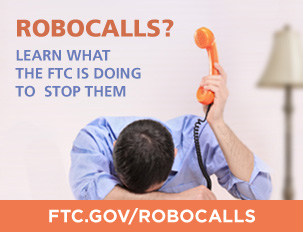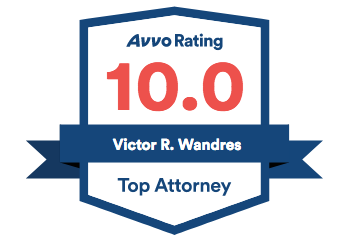FTC Announces Robocall Challenge Winners
The FTC announced that judges for the Robocall Challenge selected 2 winners, in a tie for the $50,000 prize for Best Overall Solution to block illegal robocalls.
Serdar Danis and Aaron Foss will each receive $25,000 for their proposals, which both focus on intercepting and filtering out illegal prerecorded calls using technology to “blacklist” robocaller phone numbers and “whitelist” numbers associated with acceptable incoming calls. Both proposals also would filter out unapproved robocallers using a CAPTCHA-style test to prevent illegal calls from ringing through to a user.
Additionally, the judges selected Daniel Klein and Dean Jackson from Google for their Crowd-Sourced Call Identification and Suppression solution.
“The solutions that our winners came up with have the potential to turn the tide on illegal robocalls, and they show the wisdom of tapping into the genius and technical expertise of the public,” said Charles Harwood, Acting Director, FTC’s Bureau of Consumer Protection. “We’re hoping these winning proposals find their way to the marketplace soon, and will provide relief to millions of American consumers harassed by these calls.”
Danis’s proposal, titled Robocall Filtering System and Device with Autonomous Blacklisting,Whitelisting, GrayListing and Caller ID Spoof Detection,would analyze and block robocalls using software that could be implemented as a mobile app, an electronic device in a user’s home, or a feature of a provider’s telephone service. Foss’s proposal, called Nomorobo, is a cloud-based solution that would use “simultaneous ringing,” which allows incoming calls to be routed to a second telephone line. In the Nomorobo solution, this second line would identify and hang up on illegal robocalls before they could ring through to the user. The proposal from Klein and Jackson, like the Best Overall Solutions, would involve using automated algorithms that identify “spam” callers.
The judges evaluated submissions based on the following criteria: Does it work? (50 percent); Is it easy to use? (25 percent); and Can it be rolled out? (25 percent).
Brief descriptions of all the eligible challenge entries are available on a submission gallery at robocall.challenge.gov. Many of the proposals submitted included long-term policy, regulatory, and technical ideas about how to stop illegal robocalls. FTC staff encouraged all participants to continue the conversation by publishing a more detailed, public overview of their ideas on the FTC website. In addition, some of the submissions focused on what consumers are doing right now to reduce illegal robocalls. FTC staff compiled several tips from these submissions, and with the help of the Government Services Administration, produced this new video for consumers:




